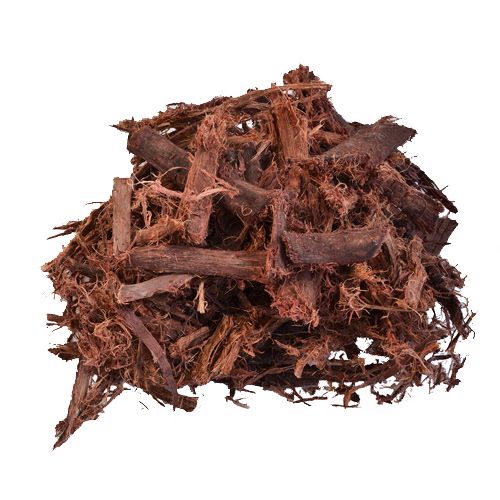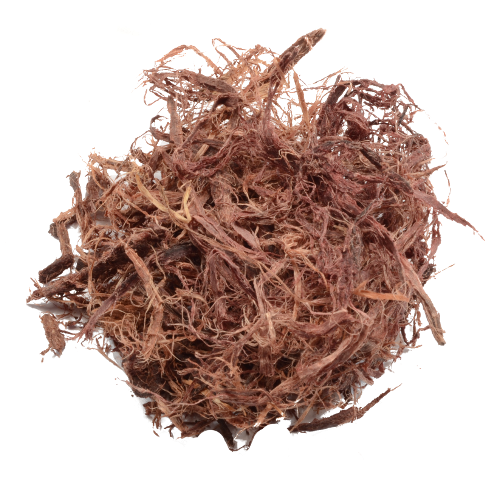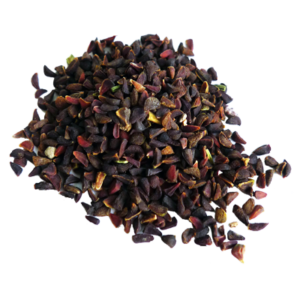Description
jurema preta
jurema preta, The primary active ingredient in this part of the plant is N, N-DMT and there is also a small amount of β-carbolines. Some sources also mention the presence of 5-MeO-DMT. Although the term Mimosa Hostilis is still used quite often, the newer scientific term mimosa tenuiflora is also used to describe this root bark. The two names are used for the exact identical products.
Mimosa Hostilis in ayahuasca . . . . . . . . . . . . . . . . . . . . . . . . . . . . . . . . . . . . . . . ............. ........................
Mimosa Hostilis (or mimosa tenuiflora) is often combined with MAO-inhibiting herbs such as Banisteriopsis Caapi to prepare the psychedelic Amazonian-brew ayahuasca. When combined with Peganum Harmala the brew is called anahuaca, an ayahuasca analogue with psychedelic traits that in terms of effects strongly resembles ayahuasca. The drug is very popular among psychonauts and fairly intense trips are reported with its use. The effects of an ayahuasca trip are sometimes compared with an high dose of psilocybin mushrooms, where a drastic change is noted in the world around them. Even though some visual effects might be similar, users often report that ayahuasca is much more intense and hallucinations are more vivid. The brew has been used for centuries for spiritual purposes, but also as a therapeutic means to combat a wide range of mental problems. The Jurema Preta that we offer is imported directly from Brazil and new loads arrive every month, so you can be sure that the product is of high quality and always fresh.. . . . . . . . . . . . . . . . . . . . . . . . . . . . . . . . . . . . . . . .
INNER root bark, Superior quality brazil rootbark
.Family: Leguminosae or Mimosaceae
- Genus: Mimosa
- Species: hostilis, tenuiflora; verrucosa
- Common names: Jurema Preta (hostilis, tenuiflora), Jurema Branca, Calumbi, Tepezcohuite, Carbonal, Cabrera
Mimosa, Caatinga, white jurema, black jurema.
Another completely unrelated use for this plant comes from Mexico, where the bark of the tree is known under the name Tepezcohuite. Plant chemical compounds which can be found in Mimosa root bark are: tannins, saponins, tryptamines, alkaloids, lipids, phytoindoles, xylose, phytosterols, glucosides, rhamnose, arabinose, methoxychalcones, lupeol and kukulkanins.





Reviews
There are no reviews yet.